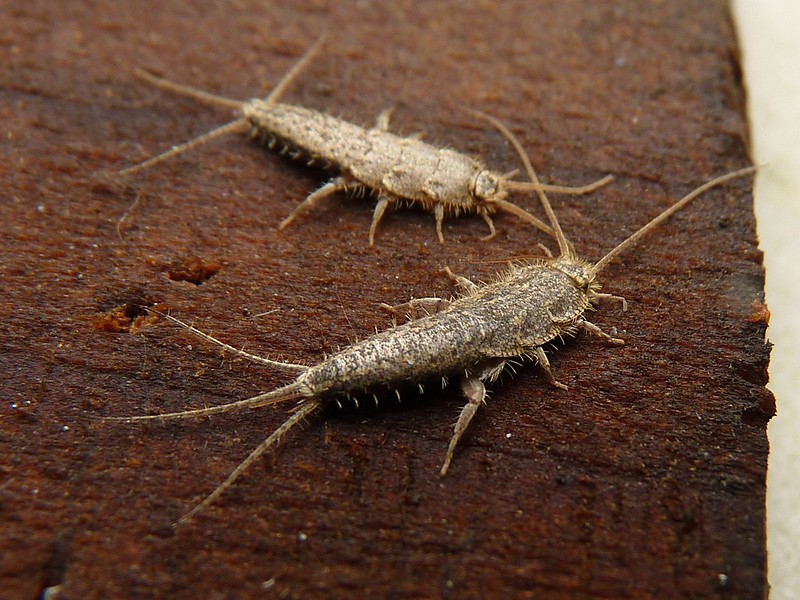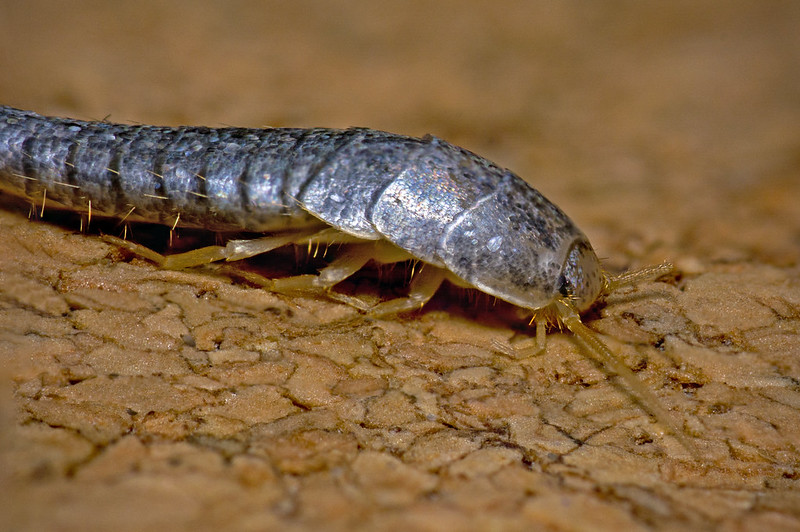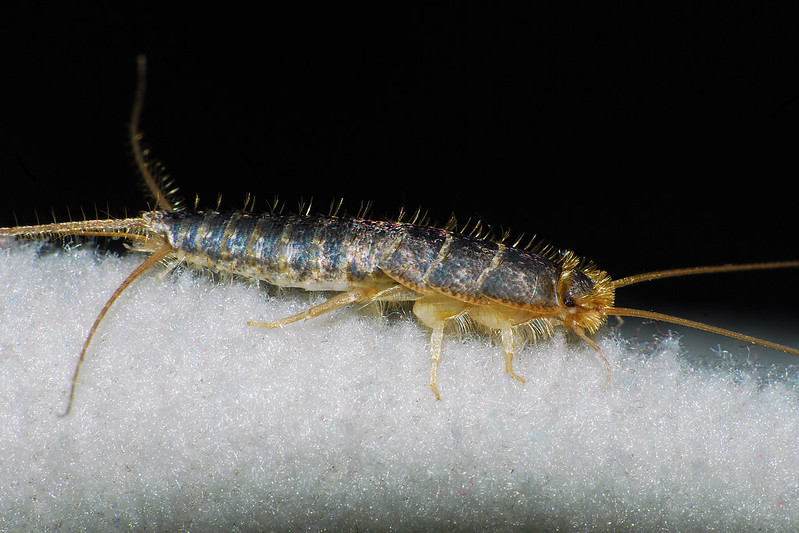Where do Silverfish come from?
One of the most important parts of silverfish removal and pest treatment is exclusion. Figuring out where they come from and how to keep them from getting back in is essential.

One of the most important parts of silverfish removal and pest treatment is exclusion. Figuring out where they come from and how to keep them from getting back in is essential.

Silverfish are wingless and silvery insects belonging to the order Zygentoma. Although these pest bugs will happily live outdoors in the right conditions, they have also become a nuisance in homes across the Americas, Europe, Asia, Africa, Australia, and Pacific islands.
If you have spotted silverfish in your home, perhaps even in frighteningly large numbers, you will want answers. Where do they come from, and why have they infested your property?
Silverfish may have entered your home in a number of ways, including:
To set up camp in your home, and perhaps even create an entire settlement, silverfish will need the right conditions. These pest bugs require high humidity levels but relatively cool temperatures of up to 80° Fahrenheit (which translates to around 27° Celsius). They are mostly nocturnal, and prefer darker, concealed, spaces. They also, of course, need a source of food. Fortunately for them, but not for you, they’ll find it in literally every home.
Silverfish are scavengers who eat carbohydrates — mostly starches and sugars. They will happily devour many of the items in your pantry, like vegetables, cereals, grains (including flour), and pet food. Dead insects are also on their menu. More frightening, perhaps, is the fact that silverfish also eat things that humans wouldn’t consider food at all.
No matter how seriously you take hygiene, and even if you store all foods with long shelf lives in airtight containers, you still have some of these things right in the open, don’t you?
As silverfish eat, they chew tiny holes in paper-based surfaces and fabrics. They can also leave behind yellow stains; their droppings. Although a large silverfish infestation can quickly cause damage to your fabrics and papers, make no mistake — these bugs can survive without food for a long time. They cannot, however, last very long in low-humidity environments.
To offer a cheeky but true answer, silverfish hide in places where you’re unlikely to pose much of a threat to them. They do this not explicitly to conceal themselves from you, but because the places where you are unlikely to look are the same places that are highly desirable for silverfish. Silverfish like moist and dark environments, and mostly come out at night — while you are asleep. This makes them hard to find and hard to get rid of.
The best places to look for silverfish in your home include:
Serious silverfish infestations can, however, also be obvious — in small, crowded, and cluttered student housing, these bugs may even be found openly crawling around on piles of books and under piles of clothes.
Decluttering, vacuuming often, keeping your bathroom and kitchen dry by wiping surfaces down after use, and storing clothes and food in airtight containers or vacuum-sealed plastic bags goes a long way toward preventing or eliminating silverfish. So does not bring in wet wood and keeping all your books and papers dry. However, if you live in a humid region, you may have to install a dehumidifier to keep silverfish at bay in the long run. Sealing cracks and crevices and having leaks in roofs and pipes, if any, repaired are also crucial steps in the battle against silverfish.

Silverfish are pest insects that can damage books, papers, fabrics, and the starches in your pantry, leaving tiny holes and […]

Silverfish are wingless pest insects with tapered and segmented bodies and a white to silvery appearance. Whether you appreciate the […]

With so many possible choices, it’s hard to decide which kind of bug is the creepiest. For this writer Silverfish […]